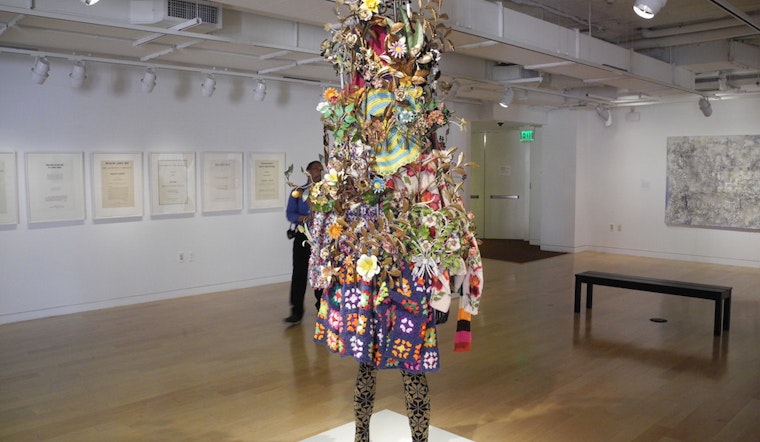
When visitors walk into the Museum of the African Diaspora’s (MoAD)'s latest exhibition, Portraits and Other Likenesses From SFMOMA, they might find something a bit odd: a living room. Created by artist Mickalene Thomas, whose colorful photographic portraits of women hang nearby, the room is lined with wood paneling and filled with furniture upholstered in a dozen different clashing patterns and designs. In the back, an old TV blares classic episodes of “Soul Train,” while on the shelf below it, books by Alice Walker, Alex Haley, and John Howard Griffin are displayed.
“It’s a recreation of a '70s living room, or an imagined '70s living room,” explained Elizabeth Gessel, MoAD’s Program Director. “It was originally conceived as a way to activate Mickalene Thomas’s installation. We didn’t want it to just be static and not have anything happen with it.”
This impulse led MoAD’s staff to discuss other ways in which they could inspire the public to interact with and respond to the piece, as well as the larger exhibition. Eventually, they came up with the "Community Voices: A Public Dialogue" series, in which a member of the Bay Area’s cultural community chooses one (or several) pieces in the exhibition to respond to. The idea is to feature a variety of speakers who might think about art differently, as opposed to a standard art historian or curator.
“It’s been really successful,” said Gessel. “It’s been really nice getting different types of creative thinkers into the museum to talk about the works. Everybody has a different take on what they’re responding to. Sometimes it’s the same work, but they’ll have a completely different interpretation of it, or it will inspire them in a totally different way than the previous person who talked about it.”
Past speakers have included writers, activists, and artists with pieces in the show. Several models featured in Thomas' photographs have even come in to talk about their experiences working with the artist, and what it did for their careers. Speakers still to come include artists Rodney Young, Kristine Mays, and William Rhodes, and writer/performing artist Marc Bamuthi Joseph.
“People have talked a lot about how much they’ve learned from it,” Gessel said. “I feel like it’s been a very community-oriented program, which was what we were looking for.”
Ramekon O’Arwisters, a curator of photography at the SFO Museum and a member of the 3.9 Art Collective, recently spoke as part of the Community Voices series. He believes that MoAD has helped him better understand his own cultural references.
“When it comes to the whole idea of what art is and how it unites people and their cultures, I think MoAD is very good at that,” he said. “We can unite in the fact that human societies are constantly in a diaspora in some ways. It’s important to see how that is reflected in our artwork and our stories. That isn’t the focus of other museums, not in the same way.”
During his talk, he drew connections between the textiles on display in pieces such as Nick Cave’s “Soundsuit” with his own upbringing in North Carolina. "Soundsuit" features a mannequin wrapped in an afghan adorned with metallic tchotchkes and other found objects; O'Arwisters grew up crocheting and working with fabric and folk art, despite those not being seen as typical male activities.
“The art at MoAD lets people know that what unites us goes beyond our financial means,” he said. “What unites us has more to do with how we are able to express ourselves and our communities than what kind of art we create.”
Kehinde Wiley's Alexander the Great.
MoAD was founded in 2005 to educate people about the art, history, and culture of the African diaspora and of those of African descent, and community has always been a central aspect of its mission. In a city whose African-American population has been steadily declining for over 40 years, this is especially important.
The museum is also active in contemporary discussions of race and politics, with several recent programs related to the Black Lives Matter movement.
“When people come here,” Gessel explained, “there’s a sense of coming home for the first time. There’s also a lot of ‘I never knew that!’ — this wonderment that there’s all these different artistic movements and things going on in the world.” However, she emphasized that MoAD does not serve just a black audience, and wants to cater to visitors from all over the world.
Although no plans are currently in place to continue the Community Voices series beyond the current exhibition, Gessel said that a second edition of the series is still possible.
“It’s been a really nice, new program that we haven’t done before here,” she said. “We’re definitely thinking about it.”
Portraits and Other Likenesses From SFMOMA will be on display at MoAD until October 11th. The Community Voices: A Public Dialogue series takes place every Thursday afternoon at 5pm through October 8th. MoAD’s next major exhibition will be Alison Saar: Bearing, on display from November 11th, 2015 to April 3rd, 2016.


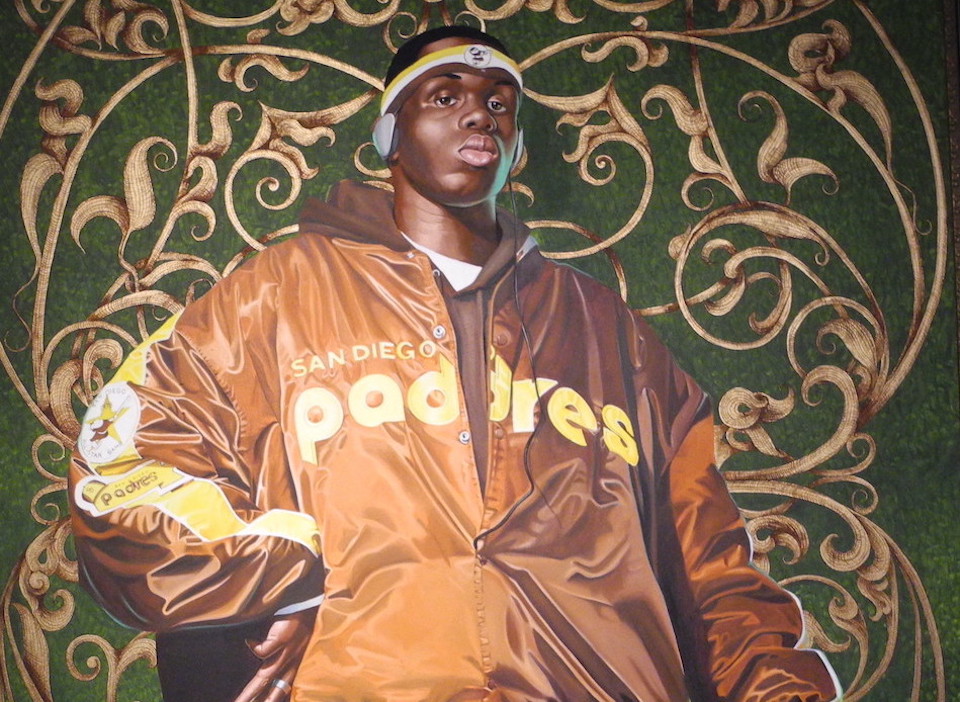






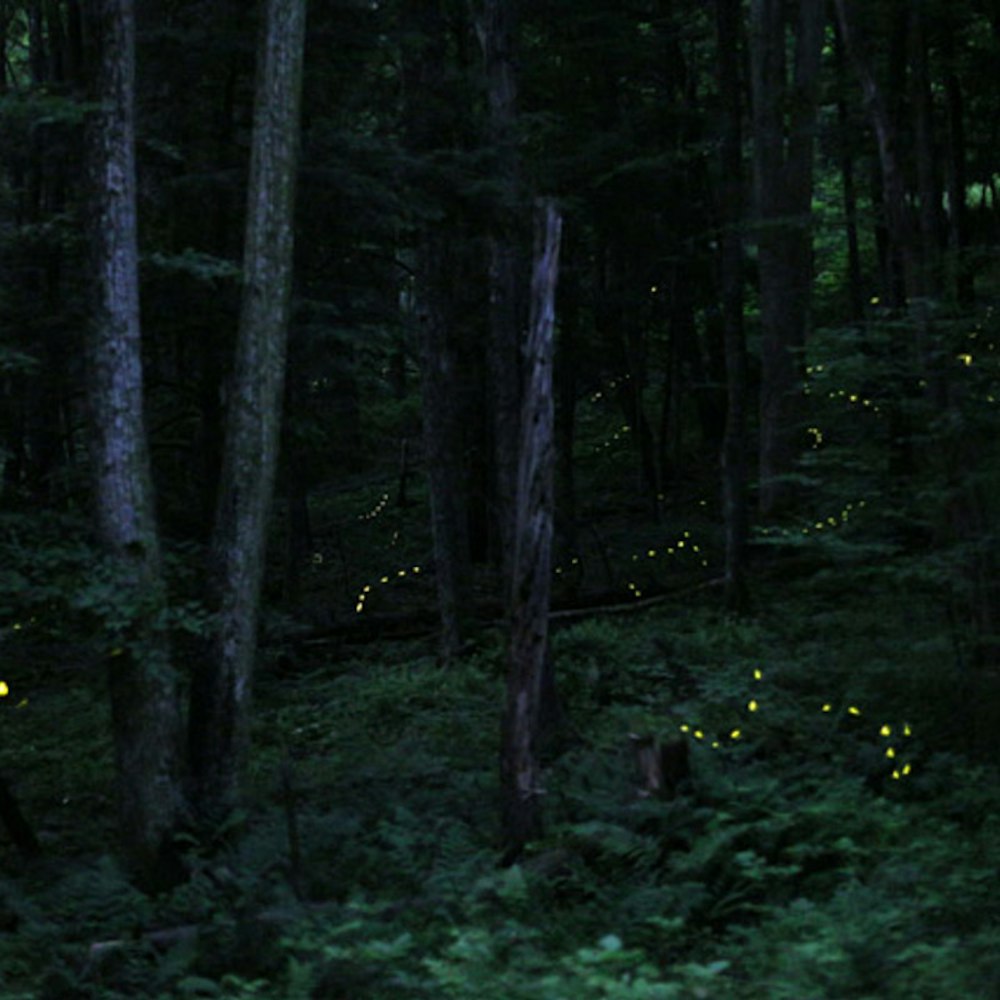
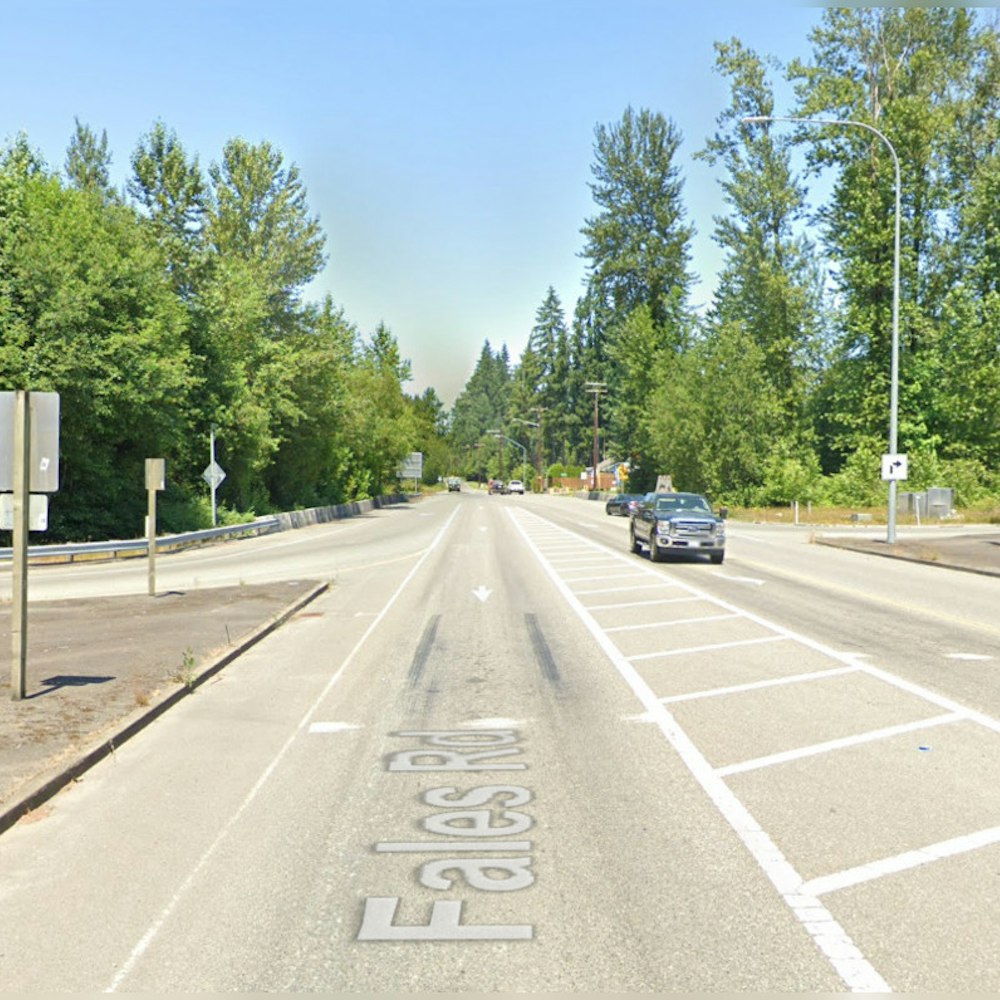
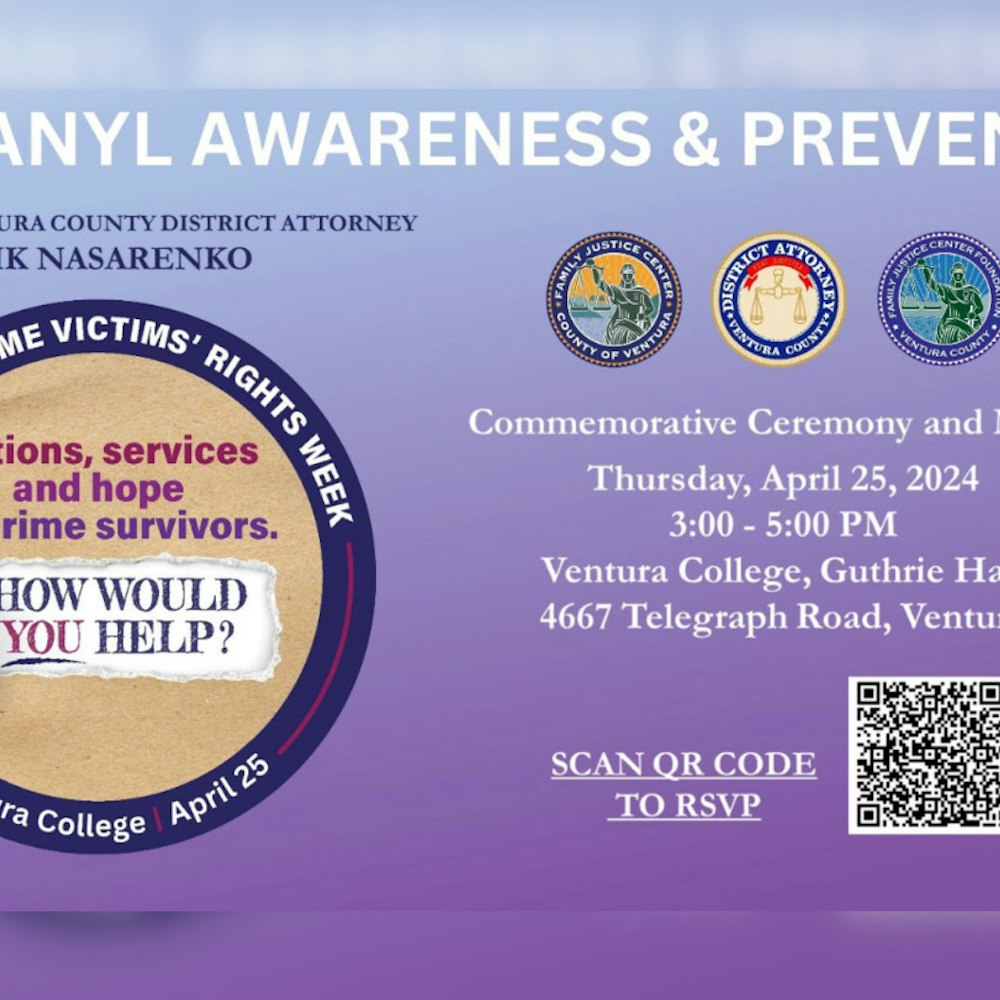
-1.webp?w=1000&h=1000&fit=crop&crop:edges)